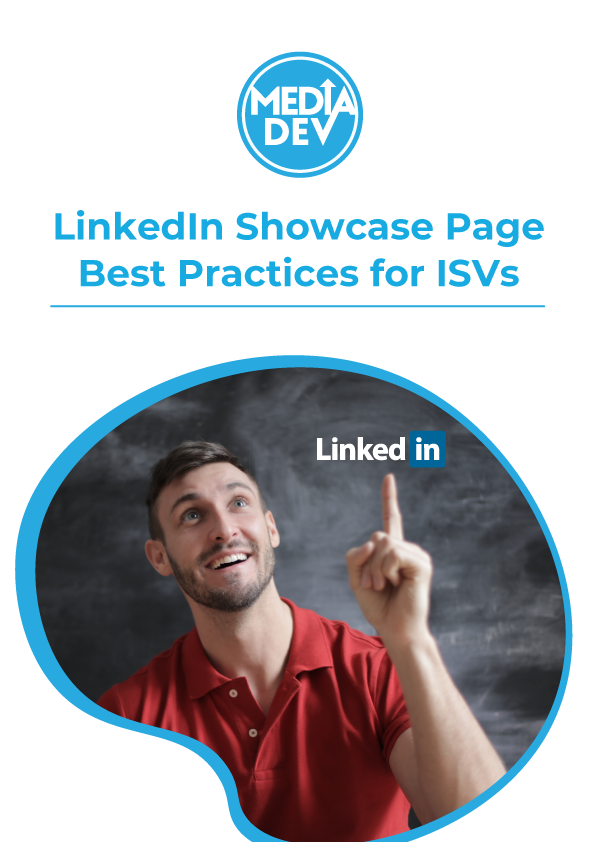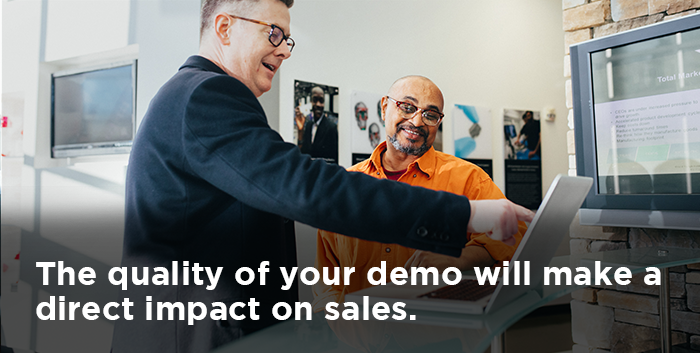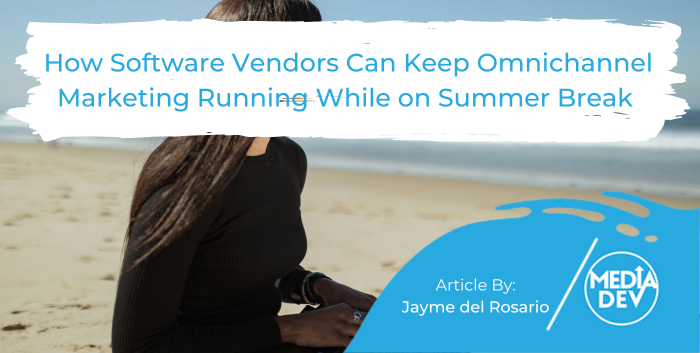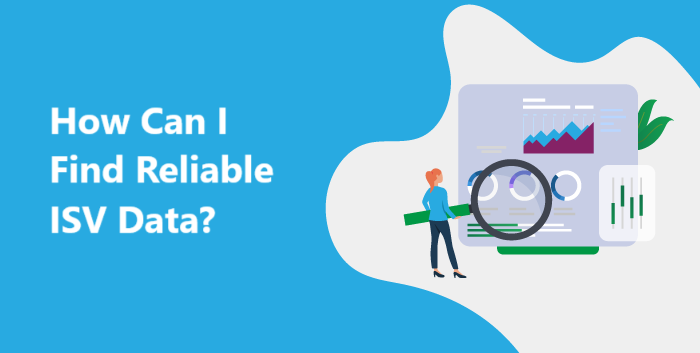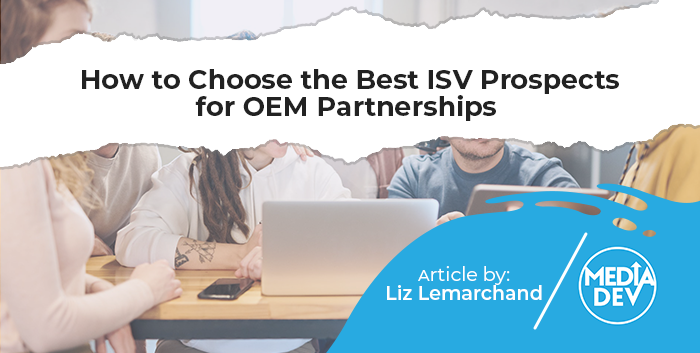If you’ve determined that your Software as a Service (SaaS) solution is ready to take to an enterprise market, prepare your team for a different sales process than consumer or small and medium-sized business (SMB) sales.
Here are five things you need to know before you reach out to your first enterprise leads.
1. SaaS may be easier than software licenses to sell, but it still takes effort.
More and more, businesses of all sizes see the benefits of Software as a Service. SaaS replaces the need for a CAPEX budget line item for software with a manageable monthly OPEX. In some cases, it may even enable the business to afford software with more features than they could have if they purchased a license outright. SaaS solutions also often give users a range of hardware choices, which can also help keep costs low. And, with tech disruption occurring at a fast pace, SaaS reduces the risk associated with making a large software investment now — only to find out in a few years that it’s obsolete. Additionally, because SaaS vendors handle software updates and security patches, users’ in-house IT staff can focus on other responsibilities instead of software maintenance.
The reality is, however, that those high-level SaaS benefits are available from just about any of your competitors as well as your company. You need to differentiate your software from others on the market by showing value. Focus on your users’ business needs and pain points and demonstrate how your software solves them — in addition to providing all the benefits of SaaS delivery.
It may be possible to build a user base of SaaS solutions for the consumer or SMB market by setting up self-service portals for purchasing. With enterprise customers, however, sales will probably require intervention from your sales team. Few people responsible for purchasing and deploying software for their companies will do so without finding the answers to all of their questions. Besides, if you aren’t courting prospects, your competitors will be.
2. Build an effective digital marketing strategy.
Most enterprise business prospects research products online before they reach out to your sales team or return a sales reps’ call. This fact makes it essential that your website includes content optimized for search that will lead prospects to you. Even more importantly, you should craft content that clearly explains your software’s functionality and features and the value it can provide. Content should be professional, free of errors, and reflect your brand image. Make sure that when your prospects are doing their research that your product is a top contender.
3. Enterprises want real demos.
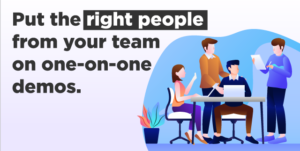 Enterprise prospects will want to see your solution in action before they make a commitment, and the quality of your demo will make a direct impact on sales. Enterprise clients probably won’t be impressed by a brief video that takes them through features of your software or a generic presentation from a sales rep.
Enterprise prospects will want to see your solution in action before they make a commitment, and the quality of your demo will make a direct impact on sales. Enterprise clients probably won’t be impressed by a brief video that takes them through features of your software or a generic presentation from a sales rep.
The best strategy is to tailor the demo to your prospect, first finding out what their goals are for new software, who decision-makers are, and what is going to tip the scale in your favor when it comes to their purchasing decision. It’s also smart to put the right people from your team on one-on-one demos, make sure they know your software inside and out, ensure they can communicate well with people from non-technical backgrounds, and be confident that they can think on their feet when unanticipated questions or situations arise.
4. Enterprises want to try before they buy.
Selling SaaS solutions to enterprise clients may also require offering a trial of your software. Your prospects may want to prove that what sounds good on paper or in a demo will actually work in their operations, with their data, and with their workforce.
Trial periods should be as brief as possible and agreed upon in advance, and your team should be available to answer questions and offer support throughout the trial. Your sales rep should also be prepared to ask for a decision at the conclusion of the trial.
5. Focus on ROI
From the start, the enterprise sales process must assure prospects of return on investment (ROI) they will have if they choose your software. Although consumer end-users may make buying decisions based on feelings or emotions, your enterprise prospects will be more pragmatic. They need to justify their decisions to their CFO and other members of the C-suite. Clearly show how your SaaS solution can save — or make — your prospect money.
Valuable tools for showing ROI include case studies, especially if they include ROI backed by numbers or percentages. You may also be able to analyze data from your user base to show how your solution saves time, reduces costs, or helps your customers grow their businesses.
Why the Extra Effort with Enterprise Sales is Worth It
Enterprise sales takes more effort than setting up a self-service portal where consumers or SMBs can buy your software. But there are several significant benefits from enterprise sales. You may see a lower churn rate since changes throughout an enterprise can be costly and disruptive. Building a base of enterprise customers can result in growing recurring revenue that sustains your business, even during leaner economic times. And, of course, enterprise sales usually generate higher revenue than selling to an individual or a small business.
A well-planned SaaS sales strategy tailored toward enterprise businesses is the first step toward those benefits and business growth.
